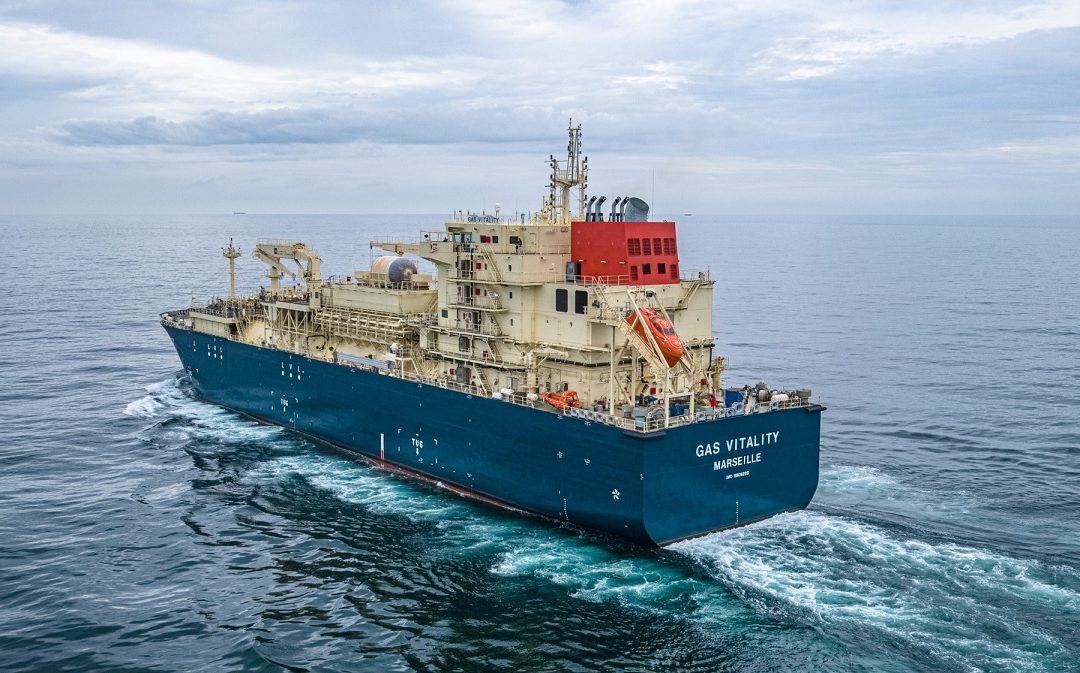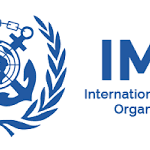The LNG bunker market could reach ten million tonnes a year by 2025, TotalEnergies Marine Fuels forecasts in its new white paper on marine transport energy transition.
The new white paper is called ‘The Drive for Cleaner Marine Fuels.’ It offers shipping operators insights to navigate their vessel fleet’s energy transition in the short to long term.
This 44-page white paper looks at the key drivers shaping the move to shipping decarbonization.
Jérôme Leprince-Ringuet from TotalEnergies said: “We hope to help develop a greater understanding of the key areas and considerations ship owners and operators will need to address, as they move towards tomorrow’s marine fuels landscape.”
The French energy major sees shipping’s transition to LNG as fuel evident in the continued rise of LNG-fuelled ship orders. Currently, there are approximately 230 LNG-fuelled vessels operating. LNG-fuelled vessels represent more than 30 percent of the total gross tonnage on order. This is according to Clarksons’ October 2021 data.
TotalEnergies forecasts the LNG bunker market could reach ten million tonnes a year by 2025 and represent 10 percent of the bunkering market by 2030.
Several leading ports and LNG bunker suppliers have established key initiatives and made significant progress to support these developments. As of the end of December 2020, Clarksons recorded 124 ports with LNG bunkering facilities, up from 114 at the start of the year. It also forecasts this will increase to 170 by 2022.
In addition, it projects that the LNG bunkering fleet will double in size in the next two years.
Today, the report says there are 26 LNG bunker vessels in operation globally and the fleet will grow to 43 units. This will offer an aggregated capacity of between seven and eight million tonnes per year by early 2024.
Biomethane to further reduce GHG in shipping
As the next step in its evolution, the paper sees that biomethane, together with LNG, can provide a viable pathway to achieve shipping’s decarbonization goal. This would also rely on the existing bunker vessels and infrastructure.
In 2020, biomethane production reached about 50 terawatt-hours globally through supply from 1,100 operating plants. This production potential could grow to reach a capacity of 8,500 terawatt-hours.
In addition, another study by research and consultancy organization CE Delft concluded that bio LNG (liquefied biomethane) is a scalable solution for the maritime sector. It also showed that bio LNG will likely be commercially competitive relative to other low- and zero-carbon fuels.
Furthermore, the expanding LNG-fueled fleet could use bio LNG without needing to undertake any modifications. So, the existing supply infrastructure will still be fit for bunkering purposes with either fuel when bio LNG becomes scaled up.
TotalEnergies said it started to contribute to the commercial availability of marine bio LNG. Through its first chartered LNG bunker vessel Gas Agility, it refueled the CMA CGM Jacques Saadé containership. Thus, it demonstrated the capability in supplying bio LNG in the bunker mix with the introduction of biomethane for approximately 13 percent of the LNG delivered.
Source: Offshore Energy






